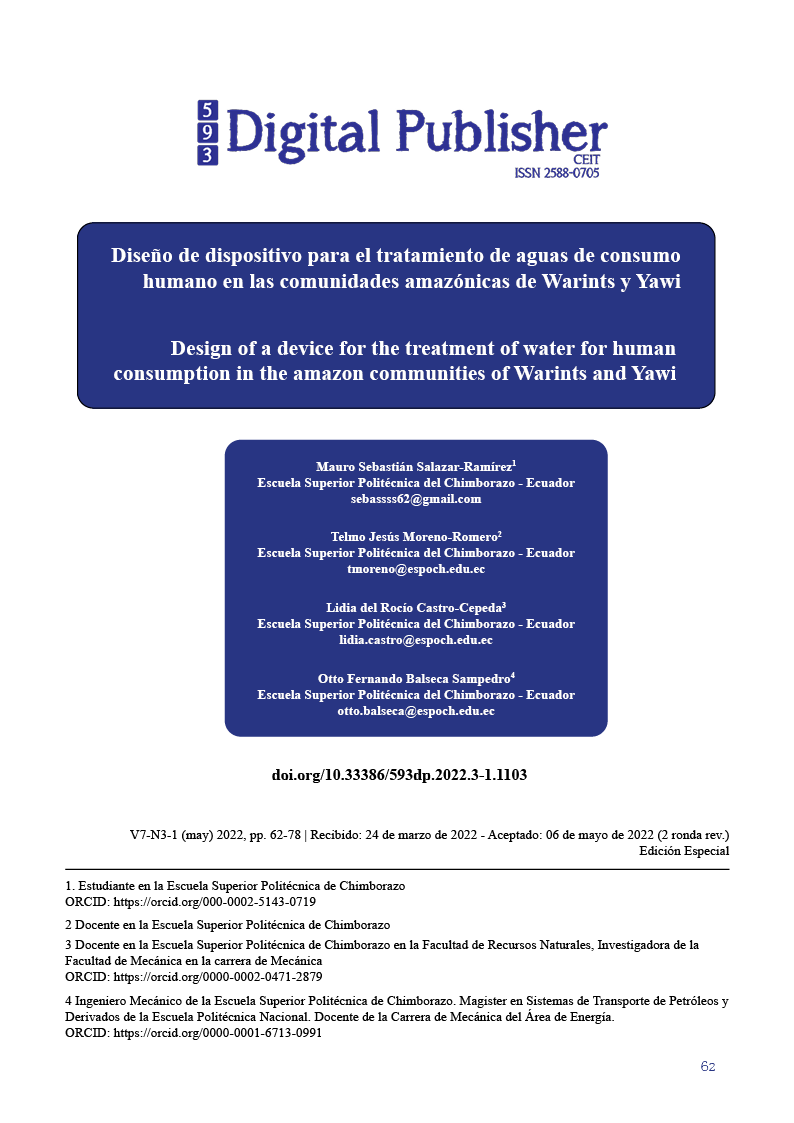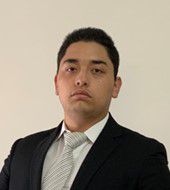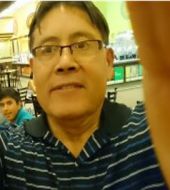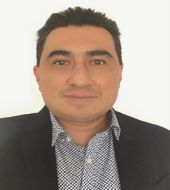Design of a device for the treatment of water for human consumption in the amazon communities of Warints and Yawi
Main Article Content
Abstract
This article presents the study of the availability of water suitable for human consumption and irrigation, as well as the design of a prototype of a device for water treatment in Amazonian communities, as a solution to the problem of access to vital liquid. Based on the current context of the communities, relationships between the economy, time and the socio-cultural aspect are defined to generate accessibility and innovation mechanisms; After an in-depth investigation, the design of a composite filtration prototype for the treatment of water for human consumption in Amazonian communities is presented, basing the experience of similar investigations developed in recent years throughout the world, it is committed to the use of composite filtration technologies and biofilters, this design is capable of generating quality water for human consumption from the water sources of surface water and groundwater present in the Warints and Yawi communities, one of the main advantages is its portability in the point of use, in addition the utilities and technical aspects of the design are detailed.
Downloads
Article Details

This work is licensed under a Creative Commons Attribution-NonCommercial-ShareAlike 4.0 International License.
1. Derechos de autor
Las obras que se publican en 593 Digital Publisher CEIT están sujetas a los siguientes términos:
1.1. 593 Digital Publisher CEIT, conserva los derechos patrimoniales (copyright) de las obras publicadas, favorece y permite la reutilización de las mismas bajo la licencia Licencia Creative Commons 4.0 de Reconocimiento-NoComercial-CompartirIgual 4.0, por lo cual se pueden copiar, usar, difundir, transmitir y exponer públicamente, siempre que:
1.1.a. Se cite la autoría y fuente original de su publicación (revista, editorial, URL).
1.1.b. No se usen para fines comerciales u onerosos.
1.1.c. Se mencione la existencia y especificaciones de esta licencia de uso.
References
Cachipuendo Ulcuango, C. (2021). Agua para la gente: experiencias de gestión comunitaria del agua en el Ecuador. Editorial Abya-Yala.
Torres, A. (2020). El agua, un recurso finito: análisis del informe de las Naciones Unidas” No dejar a nadie atrás”(2019). Boletín Informativo del Grupo de Jóvenes Investigadores, 2.
Connor, R., & Koncagül, E. (2015). Informe de las Naciones Unidas sobre los recursos hídricos en el mundo 2015: Agua para un mundo sostenible. Resumen ejecutivo.
Chu, C., Ryberg, E. C., Loeb, S. K., Suh, M. J., & Kim, J. H. (2019). Water disinfection in rural areas demands unconventional solar technologies. Accounts of Chemical Research, 52(5), 1187-1195.
García-Ávila, F., Avilés-Anazco, A., Sánchez-Cordero, E., Valdiviezo-Gonzáles, L., & Ordonez, M. D. T. (2021). The challenge of improving the efficiency of drinking water treatment systems in rural areas facing changes in the raw water quality. South African Journal of Chemical Engineering, 37, 141-149.
Sánchez, C. C. (2018). Enfermedades infecciosas relacionadas con el agua en el Perú. Revista peruana de medicina experimental y salud pública, 35, 309-316.
Ding, W., Zhou, J., Cheng, J., Wang, Z., Guo, H., Wu, C., ... & Wang, Z. L. (2019). TriboPump: a low‐cost, hand‐powered water disinfection system. Advanced Energy Materials, 9(27), 1901320.
PATIN LEMA, E. J. (2020). “Estudio de calidad de agua y modelación hidráulico del sistema de distribución de agua potable en el circuito n° 9 de la ciudad de Jipijapa (Bachelor’s thesis, Jipijapa. UNESUM).
Baque-Mite, R., Simba-Ochoa, L., González-Ozorio, B., Suatunce, P., Diaz-Ocampo, E., & Cadme-Arevalo, L. (2016). Calidad del agua destinada al consumo humano en un cantón de Ecuador. Revista Ciencia UNEMI, 9(20), 109-117.
Burgos Pín, B. F. (2019). Simulación y modelado de los procesos de potabilización para pequeños flujos de aguas subterráneas de consumo en una parroquia rural del cantón El Empalme (Bachelor’s thesis, Universidad de Guayaquil. Facultad de Ingeniería Química).
Quintero Romero, A. F. (2017). Incidencia del Banco de Desarrollo del Ecuador Banca Pública en el financiamiento de proyectos de agua potable y alcantarillado en el Ecuador durante el periodo 2008 (Bachelor’s thesis, PUCE).
Maldonado, A. M. L. (2014). Pobreza y desigualdad en el Ecuador: un balance de 7 años de Revolución Ciudadana. REVISTA DE ANÁLISIS POLÍTICO DE LA DEFENSA DEL MINISTERIO DE DEFENSA NACIONAL DEL ECUADOR, 22.
Andrade, L., Cabrera, M., Almeida, C., Navas, E., (2020). Warintza, el nuevo modelo de minería indígena. El telégrafo, pp.3: 15-17.
Prefectura de Morona Santiago. (2015). Diagnostico Parroquia San Antonio_30-10-2015_23-47-33.pdf, s. f.
Salamanca, E. (2016). Tratamiento de aguas para el consumo humano. Módulo arquitectura CUC.
Durán Moreno, A. (2015). Introducción a la ingeniería ambiental.
Arellano, J. (2012). Introducción a la Ingeniería Ambiental. Mexico, D. F.: Alfaomega.
Mendoza Cevallos, M. G., & Saltos Intriago, C. A. (2018). Sistema de abastecimiento de agua mediante procesos de filtración, ablandamiento y desinfección para zonas rurales de Manabí, Ecuador (Bachelor’s thesis, Calceta: ESPAM MFL).
Eckenfelder, W. Wesley Jr. Principles or Water Quality Management. CBI Publishing Company, Inc. Copyright @ 2016. Boston, Massachusetts
Graham, N.J.D. Slow Sand Filtration. Imperial College of Science and Technology. University of London. N.D.J Graham/Ellis Horwood Limited, Copyright 1988. Chichester, England.
Mendoza, Á. C., Vidal, L. L., Hurtado, E., Maestre, R. B., & Acuña, R. S. (2018). Sistema de tratamiento de aguas superficiales para consumo humano en la Microcuenca del río Carrizal, Ecuador. Revista Ciencia UNEMI, 11(28), 76-87.
Vargas Rubiano, H. T., & Álvarez Hernández, A. C. (2020). Diseño hidráulico y sanitario de una planta de tratamiento para agua potable en la Finca Avícola Buena Vista (Cáqueza-Cundinamarca).
García Loayza, K. A. (2017). Diseño de una planta de tratamiento de agua potable aplicando la tecnología de filtración en múltiples etapas.
J. Rodríguez Baquerizo, J. Córdova Rizo, M. Baquerizo Cabrera y J. Rodríguez Santos, (2017) «Parámetros básicos que determinan la calidad del agua subterránea para uso agrícola,» Universidad de Guayaquil, p. 1,
Jaramillo Tomaselli, M. G. (2017). Diseño de una planta de tratamiento de agua potable para zona rural mediante el sistema de filtración en múltiples etapas.
P. A. Estrella Pesantes, Evaluación de filtro de arena usando moringa oleífera, para remoción de turbidez en agua de Río Daule, Guayaquil: Universidad de Guayaquil, 2016
J. J. Feria Díaz, S. Bermúdez Roa y A. M. Estrada Tordecilla, (2014) «Eficiencia de la semilla Moringa Oleífera como coagulante natural para la remoción de la turbidez del río Sinú*,» Producción + Limpia, vol. 9, n° 1, p. 2.
Aguirre, S. E., Piraneque, N. V., & Cruz, R. K. (2018). Sustancias naturales: alternativa para el tratamiento de agua del río Magdalena en Palermo, Colombia. Información tecnológica, 29(3), 59-70.
Ardila, Solkarine. 2020. “Revisión Bibliográfica Sistemática De Tratamientos De Agua Potable De Bajo Costo, Para Comunidades Pequeñas Y Descentralizadas.” Universidad Militar Nueva Granada.
Carrión-Mero, Paúl, Josué Briones-Bitar, and Emily Macías-Núñez. 2020. “Technical Alternatives Analysis for Water Supply in the Rural Parish of Limonal, Ecuador.” WIT Transactions on Ecology and the Environment 241:183–95.





